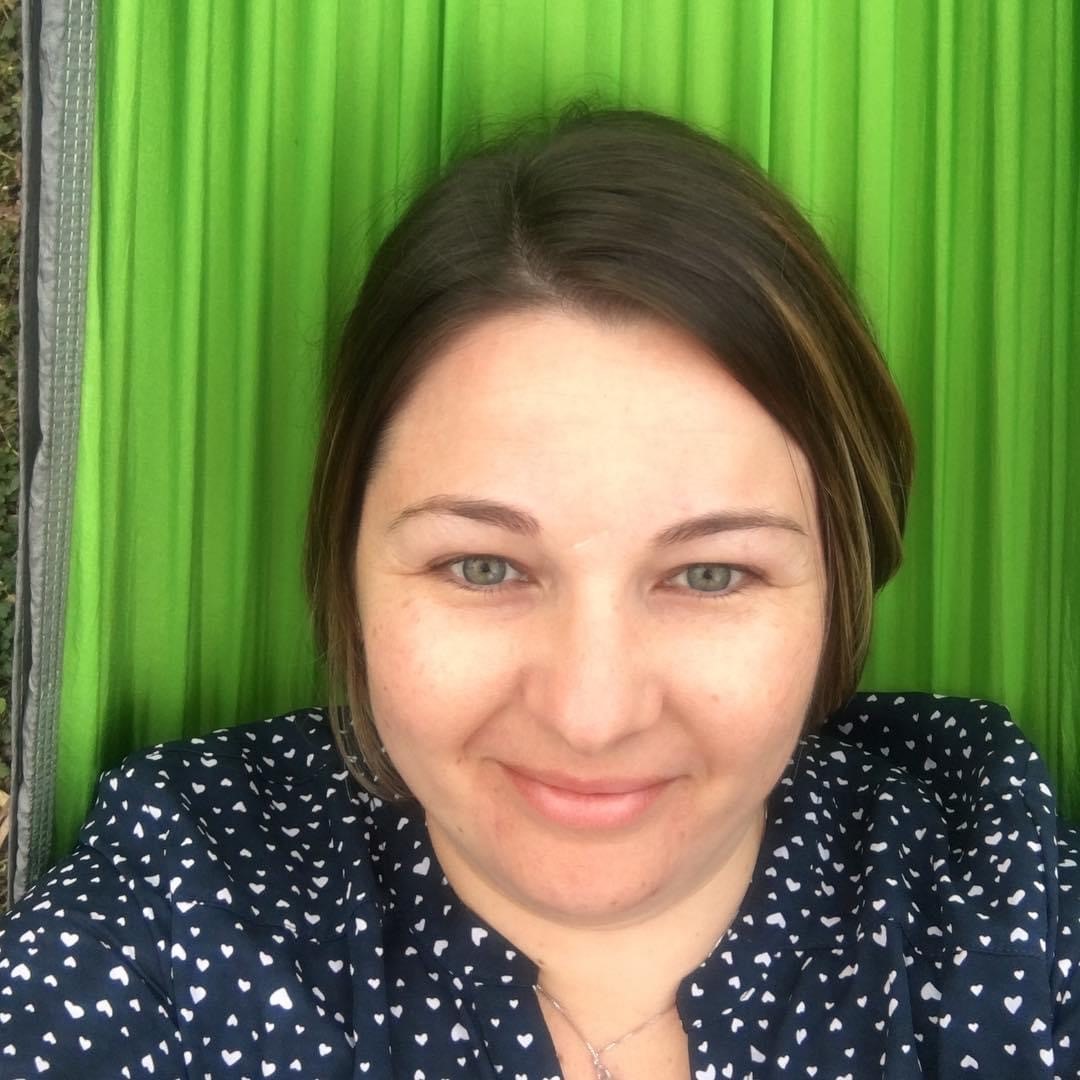Aquatics FAQs
Recommendations for Fully Vaccinated People
COVID-19 Homepage
Keeping the Focus on People
When the Northern Cheyenne tribe in Montana reached out to CDC for help, the president of its tribal council was in the hospital with COVID-19.
The day she was discharged, she drove herself home and joined a 3-hour call with CDC and other tribal leaders to develop a response plan. CDC’s Kellie White was a participant on that call, and, as she listened to the commitment of the tribe’s president, she decided to do whatever she could to help.
“If she’s willing to do this being so sick, I can certainly step outside my comfort zone,” Kellie recalls.
Kellie is a quality assurance specialist who focuses on preparing laboratories to test for emerging diseases. Her team serves as the first line of defense to test environmental or biologic samples and distribute important information and materials to laboratories across the country, so she understands the importance of a timely and coordinated response to public health concerns.
When Kellie was first asked to work on the response in June 2020, she had no doubt about her desire to take on that challenge. Although a bit nervous about her lack of knowledge about tribal culture, she took a step that she now views as “a journey of learning that extended far beyond my expectations.”
Since then, Kellie has worked with 23 tribes across the country. In her recent assignment with the Northern Cheyenne, she worked from Atlanta as a link between CDC responders in the field and its leaders at headquarters. She also met regularly with CDC and partner organizations.
The needs of the tribe were extensive, and meeting them required thoughtful planning and coordination. CDC’s assistance involved a team of 12 people who worked with several partners, including the state of Montana, its National Guard, the Indian Health Service, the Federal Emergency Management Agency, and the U.S. Department of Health and Human Services. With so many players from various agencies, Kellie knew she needed a cohesive and balanced approach.
“I learned a long time ago that to help unlock discussions, it’s better to ask a question than to share your opinion,” she says.
That approach was instrumental in keeping the response running smoothly while she communicated questions, goals, and concerns to the appropriate people and coordinated plans for services. With the partner organizations, the team helped develop and strengthen a variety of services, such as COVID-19 testing, quarantine methods, contact tracing, and outreach and communication programs for the community. Kellie identified needs for more CDC support and arranged weekly calls with the entire team for updates and planning.
“On the first couple of phone calls, I heard despair and loss of hope,” Kellie says. “Then eventually, we heard hope and optimism and saw resilience firsthand. We were able to plant the seeds for momentum, and then they picked up the ball and took it for themselves.”
Kellie was impressed with how seamlessly plans rolled out, and she attributes that success in part to the tribal members on the team, including two from CDC and a Montana tribal member who worked with the state. “They could anticipate where some of the challenges might exist and spoke in a way that made the whole team listen,” she says. “They helped the team understand the significance of tribal ceremonies and other important cultural events. Sometimes it meant going back to the drawing board and limiting the number of people who could attend or other adjustments to keep people safe and not inhibit these important traditions.”
Adapting is how Kellie handles much of her life these days. With two young children at home while she and her husband worked remotely for much of this past year, she understands the need to be flexible. “You may not get to determine the order of your activities for the day, and your schedule may not always be your own, but you feel you’re actually making a difference in this pandemic,” she says.
Kellie describes her deployments as a front row seat to see CDC’s work in action. She watched a transformation among the Northern Cheyenne in Montana that she feels is an important opportunity to better understand the agency’s impact.
“Tribal members, who initially reach out to CDC with despair and fear in their voices, now have gratitude, confidence, and hope,” she says. “Sometimes it’s easy to lose sight of the people attached to your work. These deployments have reminded me of the reason I got into public health in the first place.”
